Comparative Analysis: Portable Pressure Steam Autoclave YR05695 // YR05697 vs. All American DHP-360

The Portable Pressure Steam Autoclave YR05695 // YR05697 by Kalstein is an innovative apparatus designed for sterilization processes in medical and laboratory settings. This model features advanced functions such as digital display and temperature adjustment, ensuring precise control over sterilization conditions. It’s constructed from high-quality stainless steel, providing durability and reliability for extensive use. Easy-to-use […]
Advanced Benchtop Freeze Dryers: A Comparative Analysis
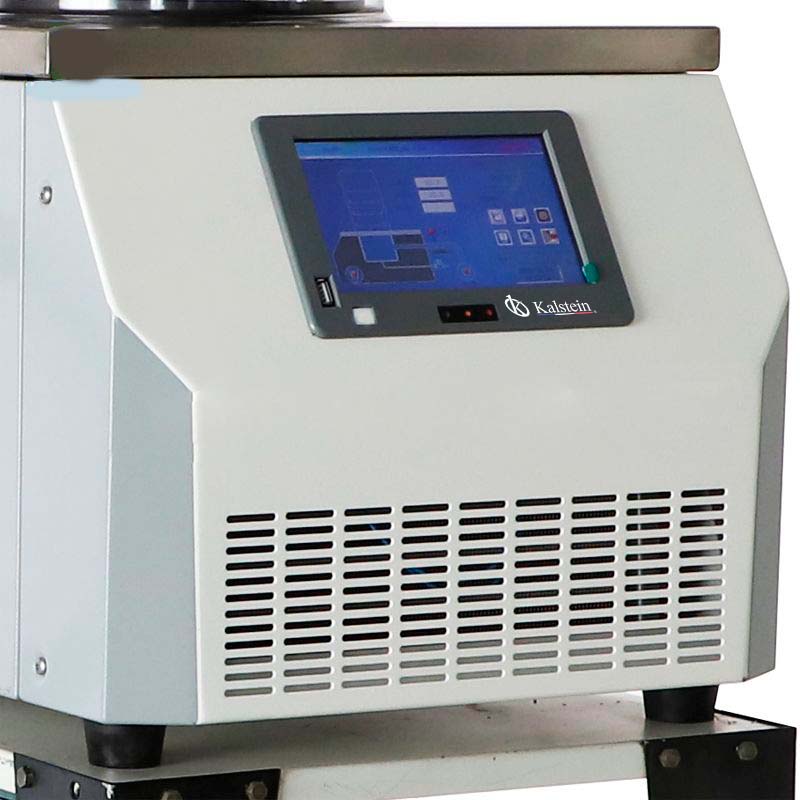
Benchtop freeze dryers are essential tools in laboratories for preserving sensitive materials, allowing for long-term storage by carefully removing moisture. The Benchtop Top Press Lab Freeze Dryer YR05187 from Kalstein and the Labconco FreeZone Benchtop Freeze Dryer are prominent players in this field. Each offers unique features and functionalities suited for various scientific applications. The […]
Innovative Anesthesia Machines: Kalstein YR02060 vs. Mindray A9®
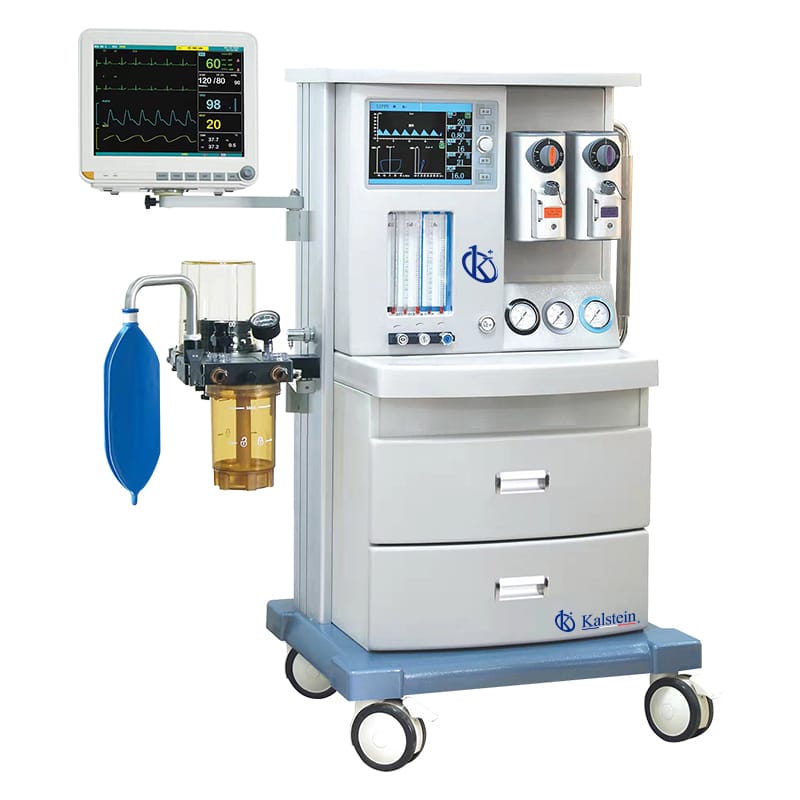
In the rapidly evolving world of medical technology, anesthesia machines play a crucial role in ensuring patient safety and comfort during surgical procedures. The Kalstein Anesthesia Machine YR02060 and the Mindray A9® Anesthesia System represent cutting-edge technology in anesthesia delivery. This article delves into an in-depth comparison of these two machines, highlighting their features, functionalities, […]
Innovative Insights into Veterinary MRI Solutions

Veterinary MRI, Brand Kalstein As someone who has delved deeply into the world of veterinary diagnostics, I can confidently say that the Veterinary MRI systems offered by Kalstein are a game-changer in the field. Kalstein has built a reputation for excellence and innovation, and their veterinary MRI units reflect this commitment to quality. Kalstein’s Veterinary […]
Revolutionizing Surgery: Exploring Anaesthetic Machines
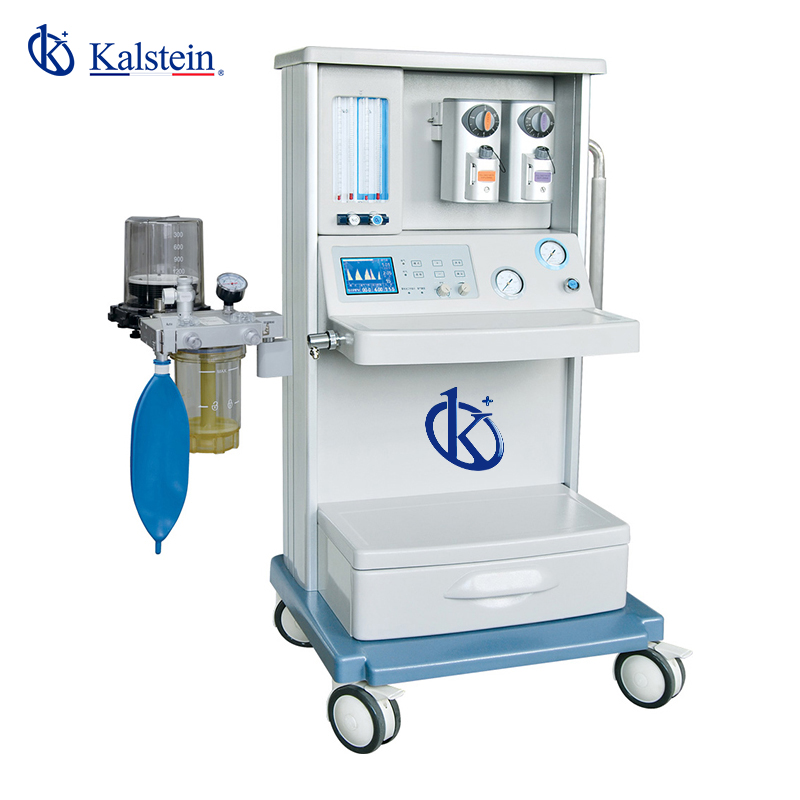
Anaesthetic Machine, Brand Kalstein Anaesthetic machines are crucial in modern medical settings, providing the necessary support to administer anesthesia during surgeries. Among the various providers of such machines, Kalstein stands out with its expertise and dedication to quality. Kalstein’s anesthetic machines are engineered to meet the highest standards, ensuring both the safety of the patient […]
Explore the Illuminating World of Color Light Boxes: Enhancing Precision and Consistency in Laboratories

Color Light Box, Brand Kalstein If you’re in a line of work where precision and accuracy in color representation is crucial, then you’re likely aware of the significance of a quality Color Light Box. At Kalstein, we take pride in offering state-of-the-art Color Light Boxes designed to ensure consistency and reliability in your color assessments. […]
Kalstein Plus 45/0 8mm Spectrophotometer YR05505 vs. Konica Minolta CM-3700A: An In-depth Comparative Analysis

When choosing a spectrophotometer, it’s crucial to evaluate the most significant features that impact both efficiency and accuracy. The Plus 45/0 8mm Spectrophotometer YR05505 by Kalstein is a standout model known for its state-of-the-art technology and precision in color measurement. Meanwhile, the CM-3700A Spectrophotometer by Konica Minolta is revered for its robustness and reliable functionality […]
Kalstein Glass Bead Sterilizer YR05327 vs Boekel Scientific Glass Bead Sterilizer 3540: Key Features and Comparison
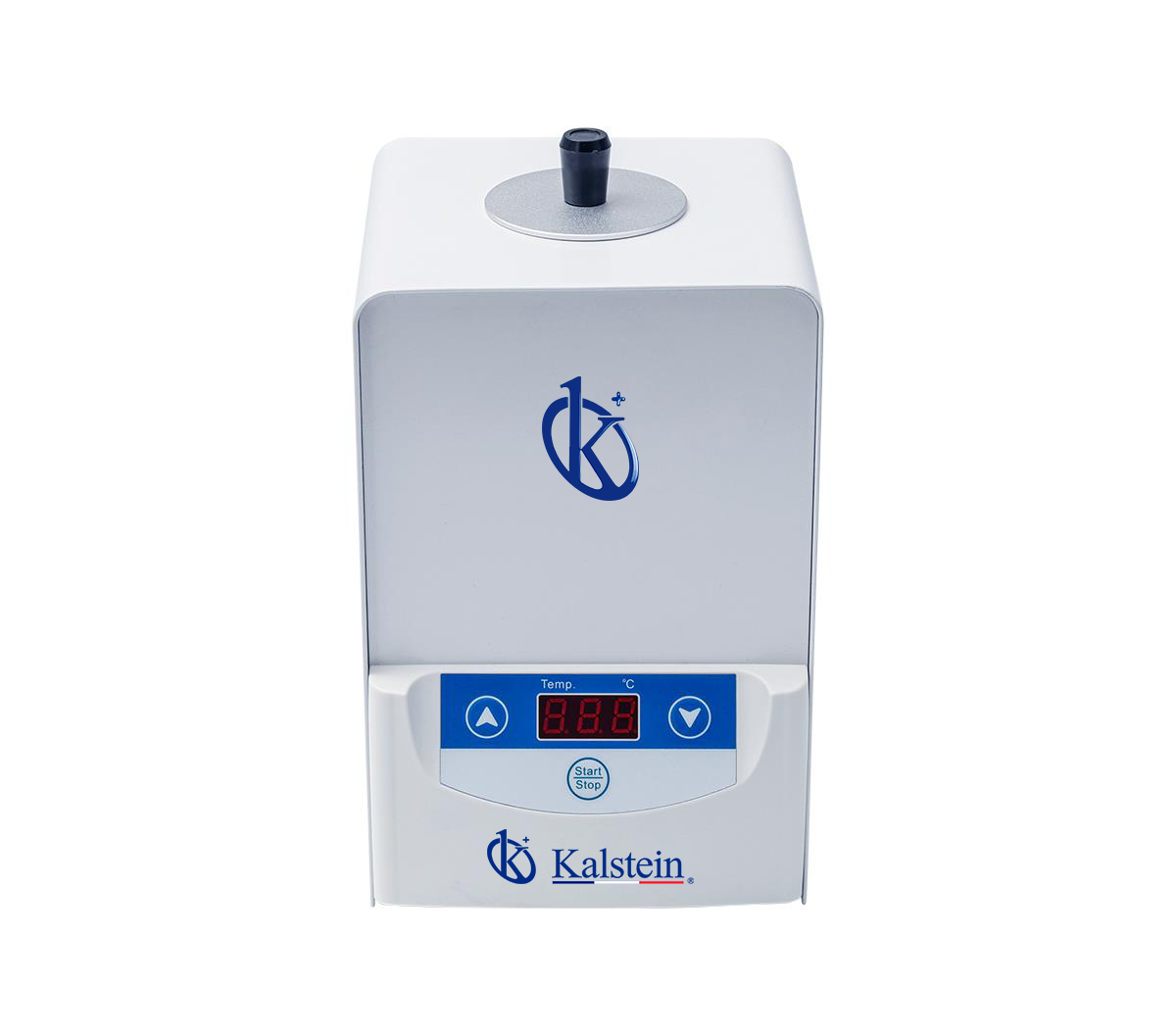
Sterilization is a cornerstone of laboratory work, ensuring that all equipment and instruments are free of contaminants. In this article, we delve into a comparative analysis of two popular glass bead sterilizers in the market: the Kalstein Glass Bead Sterilizer YR05327 and the Boekel Scientific Glass Bead Sterilizer 3540. Both models provide efficient sterilization options […]
Innovative Veterinary Fundus Camera: Revolutionizing Animal Eye Care
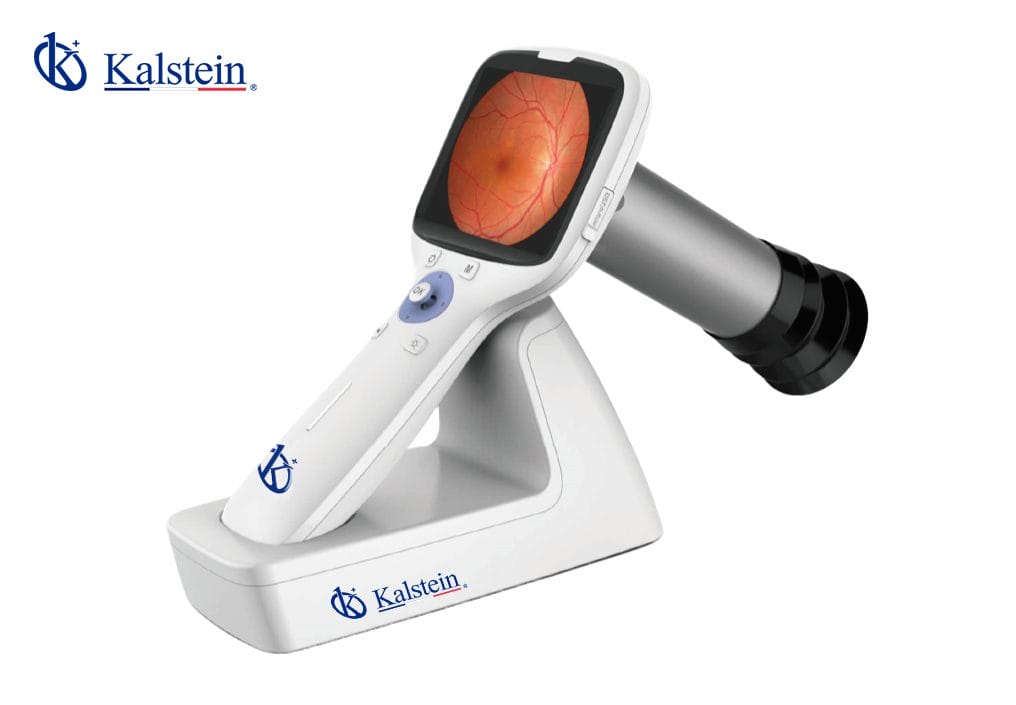
Kalstein’s Veterinary Fundus Camera Kalstein’s Veterinary Fundus Cameras are crafted with precision and expertise, tailored specifically for veterinary needs. As someone who has tested and experienced its features, I can confidently say that it stands out in quality and functionality. These cameras are designed not just to meet the needs of veterinary professionals but to […]
Discover the Excellence of Industrial Washing Machines: A Comprehensive Guide

Industrial Washing Machine by Kalstein Kalstein’s industrial washing machines are not just machines; they are a testament to engineering perfection. These appliances, trusted by industries worldwide, combine durability with efficiency. As someone who has witnessed their operations firsthand, I can attest to the seamless integration of advanced technology with practical utility that Kalstein has achieved. […]
